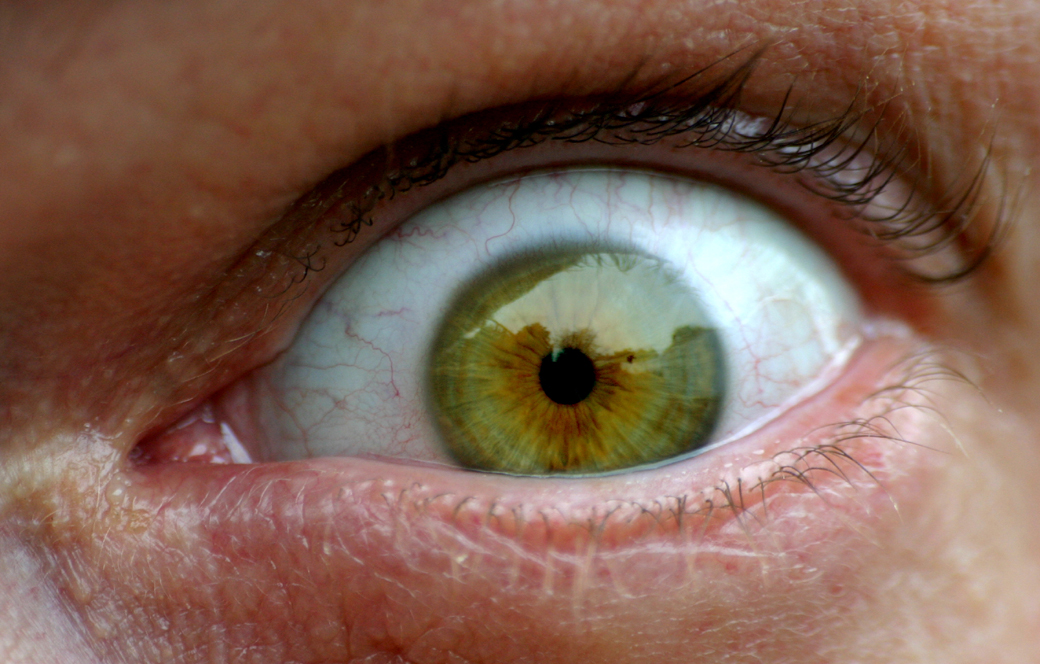MONDAY, Feb. 29, 2016 (HealthDay News) — Changing the clocks for daylight saving time may cause a short-lived spike in some people’s risk of suffering a stroke, a preliminary study hints.
Looking at a decade’s worth of stroke data, Finnish researchers found that the national incidence of stroke tended to rise slightly over the two days following daylight saving time transitions — whether the clocks were turned forward or back.
The findings do not prove that daylight saving time is to blame.
On the other hand, it’s hard to imagine other factors that would explain such a specific pattern, said researcher Dr. Jori Ruuskanen, a neurologist at Turku University Hospital.
Plus, he said, there is a known link between disruptions in the body’s circadian rhythms and stroke risk. Circadian rhythms refer to the shifts in the body’s biological processes that happen over 24 hours — largely in response to light and darkness.
Those rhythms can be thrown off in different ways, Ruuskanen said. Shift work and insomnia are two examples, he noted, and both have been tied to increased risks of health conditions, including stroke.
Ruuskanen is scheduled to present the findings in April at the American Academy of Neurology’s annual meeting in Vancouver, Canada. Research presented at meetings is considered preliminary until published in a peer-reviewed medical journal.
Dr. Andrew Lim is a neurologist at Sunnybrook Health Sciences Center, in Toronto, who studies sleep and circadian rhythms. He agreed that daylight saving time could plausibly affect stroke risk.
“Sleep is associated with many physiological changes that are normally thought of as being relatively protective against stroke, like lower blood pressure,” explained Lim, who was not involved in the new study.
When sleep is disrupted, he said, there may also be shifts in those protective biological processes.
For the study, Ruuskanen’s team looked at Finnish stroke figures for the years 2004 to 2013. The investigators then compared just over 3,000 people who’d been hospitalized for an ischemic stroke during the week after a daylight saving transition with nearly 12,000 people who’d suffered a stroke in the two weeks before or after a transition week.
Ischemic strokes are caused by a blood clot in an artery supplying the brain, and they account for 87 percent of all strokes, according to the American Stroke Association.
Overall, the researchers found, stroke incidence was 8 percent higher during the first two days after a daylight saving transition.
Adults older than 65 and people with cancer seemed particularly vulnerable: They were 20 percent to 25 percent more likely to have a stroke right after a daylight saving transition, versus the other time periods studied.
Ruuskanen emphasized that the study found a small increase in strokes at the population level — which means that for any one person, daylight saving time transitions would not have a big impact on stroke risk.
And it’s not that a clock change would trigger a stroke in someone who would otherwise have remained healthy. “This probably means that any ‘extra’ strokes occurring after the daylight saving change would otherwise have occurred some time later,” Ruuskanen said.
Lim agreed that the risk has to be kept in perspective. “In the big scheme of things, the increase in risk is small and transient,” he said, “and the effect of other factors, such as managing blood pressure, is more important.”
That said, Lim added, some planning may help people minimize any sleep disruptions. “It may be generally helpful to adjust gradually to daylight saving time rather than all at once,” he said.
March 13 is the day when clocks spring forward an hour this year. So, people could try going to bed and waking up 15 minutes earlier than normal on the Thursday before, Lim said. On that Friday, bump that up to 30 minutes, and then aim for 45 minutes on that Saturday, he added.
According to Ruuskanen, there is one way to prove whether daylight saving time truly contributes to strokes: “If we, in our country, abandoned daylight saving time and, in a follow-up of several years, saw that the small increase in stroke incidence disappears, it would make a strong argument that it actually is the clock change that raises stroke risk,” he said.
More information
The American Stroke Association has more on stroke risk factors.
Copyright © 2025 HealthDay. All rights reserved.

